The dream of escaping to a remote paradise has captivated humans for centuries. While true isolation becomes increasingly rare in our interconnected world, some islands remain remarkably detached from modern civilization, offering opportunities for self-sufficient living amidst pristine natural environments.
Here’s a list of 20 isolated islands where determined individuals could potentially create a sustainable life away from the complexities of modern society.
Pitcairn Island
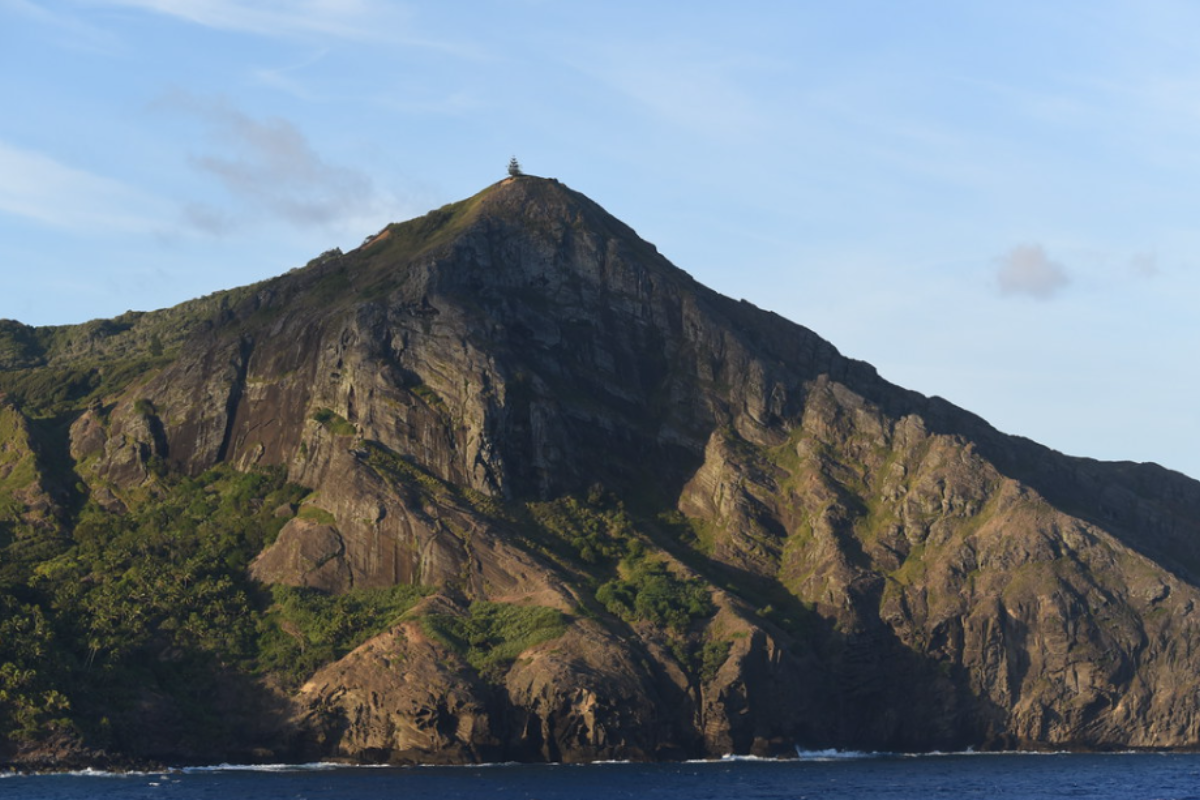
Located halfway between New Zealand and South America, Pitcairn Island represents one of the most isolated inhabited places on Earth. Fresh springs provide year-round water, while the volcanic soil supports abundant tropical fruit trees and gardens.
The surrounding waters teem with fish, and the climate remains moderate throughout the year. The island’s 2 square miles include sufficient flat land for small-scale agriculture.
Tristan da Cunha

Sitting 1,750 miles from South Africa, Tristan da Cunha claims the title of the most remote inhabited archipelago in the world. The main island features rich volcanic soil perfect for growing potatoes and other crops, while the surrounding waters provide abundant lobster and fish.
Multiple freshwater springs ensure reliable water sources throughout the year. The temperate climate supports year-round outdoor activities and farming.
Like Travel Pug’s content? Follow us on MSN.
Palmerston Island

This remote Cook Islands atoll lies 500 miles from the nearest significant settlement. Coconut palms cover much of the island, providing food, building materials, and potential export goods.
The lagoon offers excellent fishing opportunities and protection for small boats. Natural freshwater lenses beneath the island provide reliable water sources when properly managed. The consistent tropical climate supports year-round food production.
Rapa Iti

Situated in French Polynesia’s Austral Islands, Rapa Iti remains one of the most isolated inhabited islands in the Pacific. Ancient agricultural terraces still support taro cultivation, while the surrounding waters provide abundant fish.
The subtropical climate and high elevation create unique growing conditions for diverse crops. Multiple freshwater streams flow year-round from the central mountains.
St. Helena
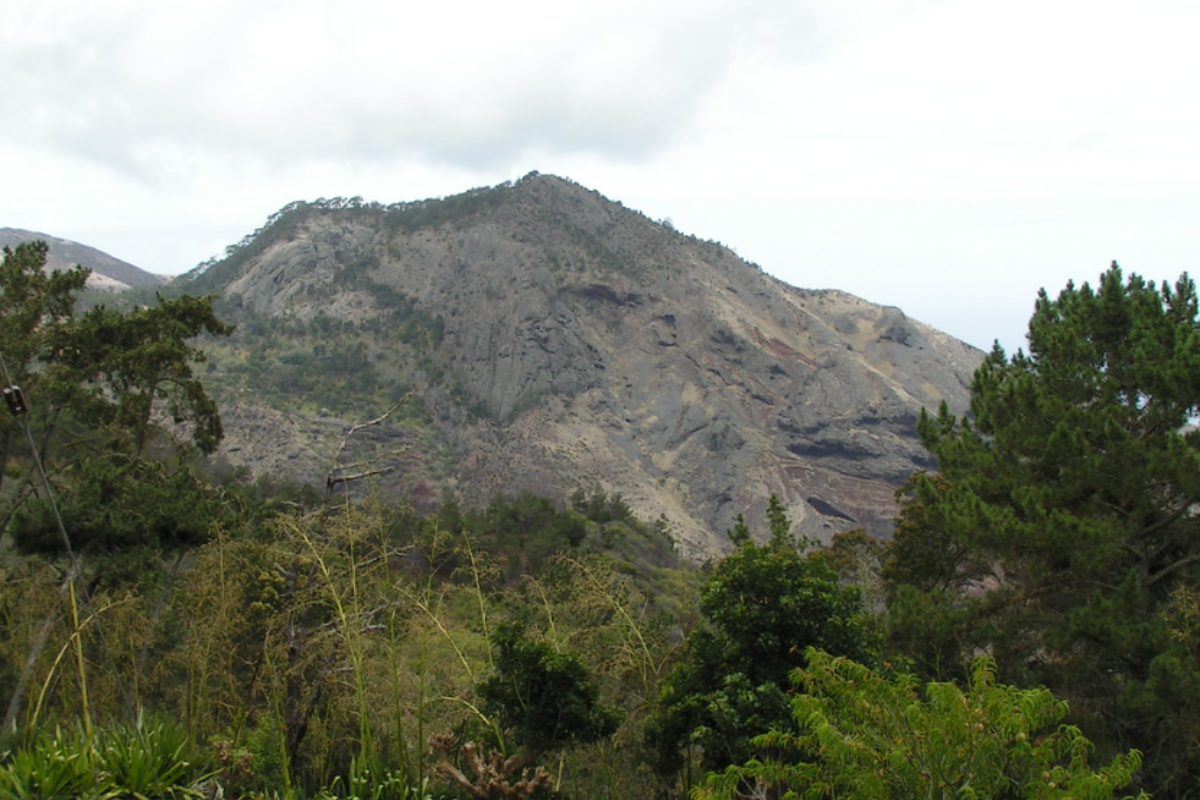
Rising from the South Atlantic 1,200 miles from Africa, St. Helena offers diverse ecological zones from coastal desert to cloud forest. The island’s varied terrain supports multiple agricultural opportunities, while consistent trade winds provide potential wind power.
Natural springs supply fresh water, and the subtropical climate allows year-round growing seasons. The volcanic soil proves particularly fertile for certain crops.
Like Travel Pug’s content? Follow us on MSN.
Norfolk Island

Located between New Zealand and New Caledonia, Norfolk Island boasts rich soil, abundant rainfall, and a mild climate. The island’s pine trees provide excellent building materials, while natural springs ensure reliable water supplies.
Fertile valleys support diverse agricultural activities, and the surrounding waters offer excellent fishing. The moderate climate allows for year-round outdoor living and farming.
Robinson Crusoe Island
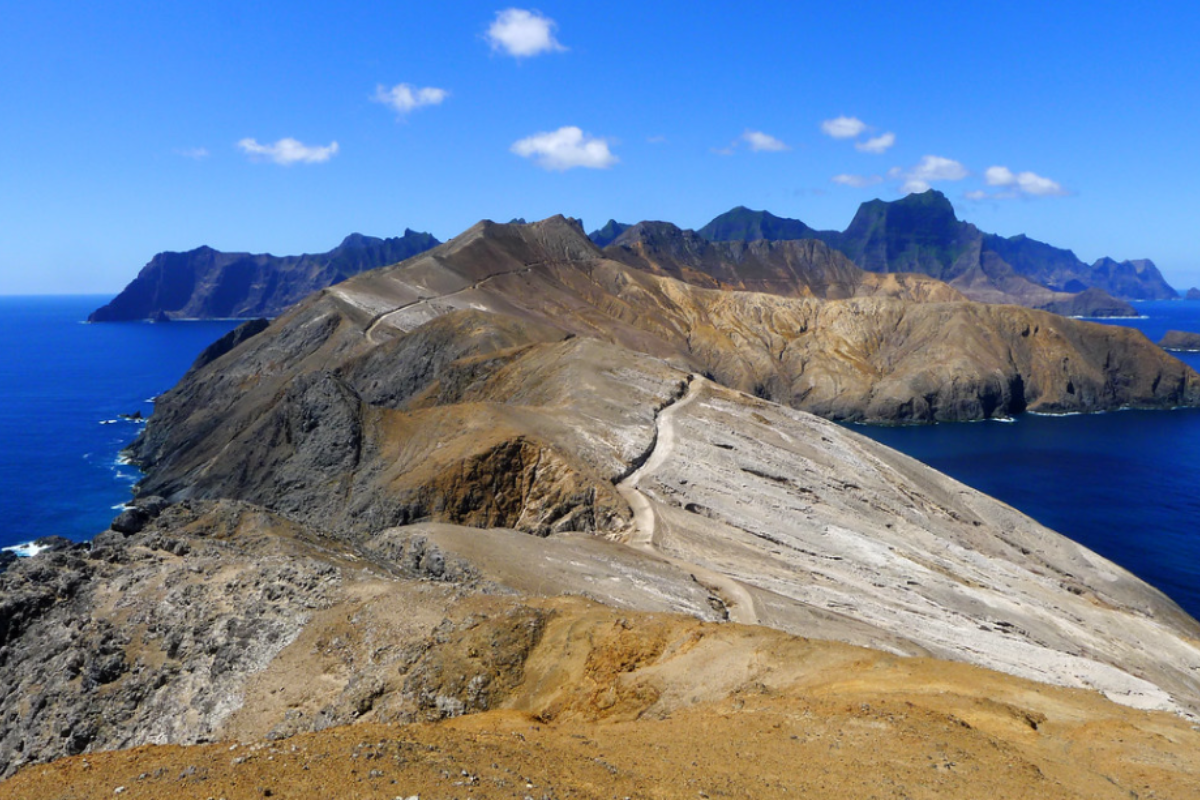
Part of Chile’s Juan Fernández Islands, this Pacific gem offers abundant freshwater streams and fertile volcanic soil. The island’s varied topography creates multiple microclimates suitable for different crops.
Rich marine resources provide sustainable protein sources, while native fruits grow wild in the highlands. The temperate climate supports year-round outdoor activities.
Monuriki Island
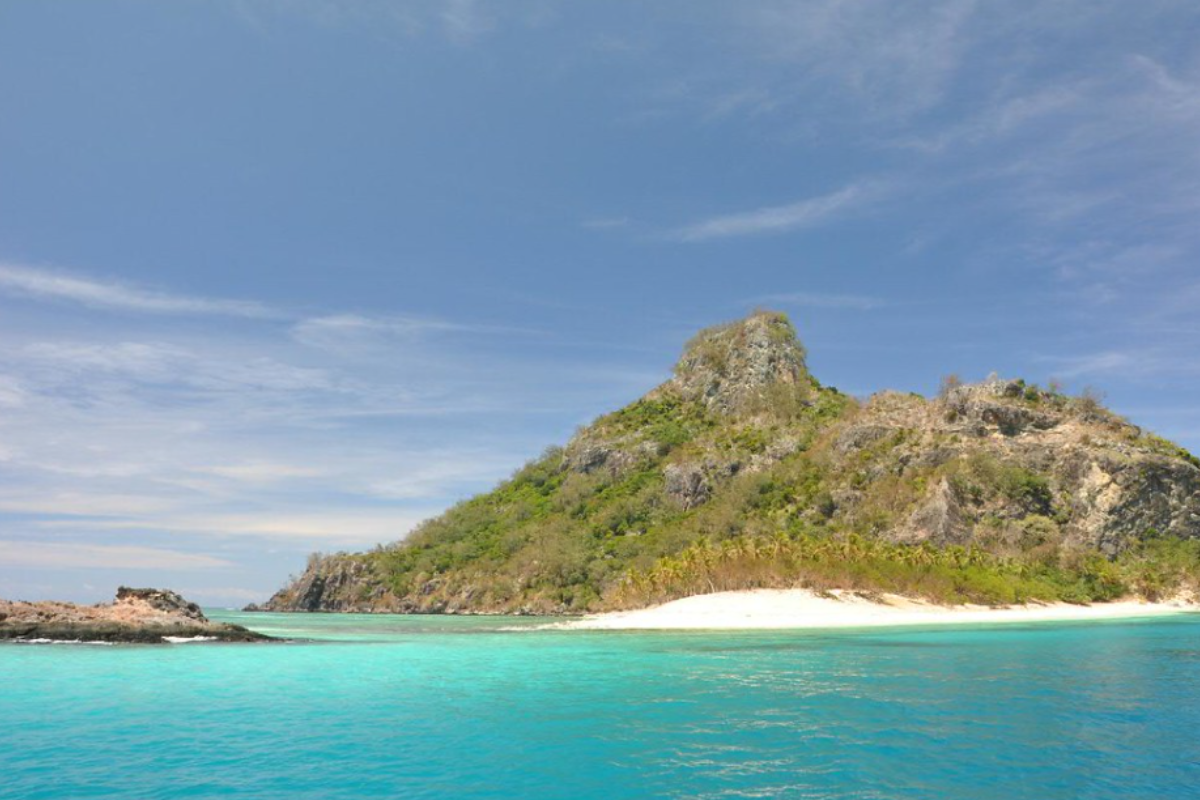
This uninhabited Fijian island provides everything needed for self-sufficient living in a tropical paradise. Coconut palms and breadfruit trees offer reliable food sources, while the surrounding reef system provides abundant fish.
Natural freshwater springs supply year-round water and the volcanic soil supports diverse agriculture. The consistent climate allows for continuous food production.
Like Travel Pug’s content? Follow us on MSN.
Socorro Island

Located 600 miles off Mexico’s Pacific coast, Socorro offers diverse ecosystems from coast to mountain. Abundant rainfall and natural springs provide reliable water sources, while volcanic soil supports various agricultural activities.
The surrounding waters contain rich marine life, and the climate remains stable year-round. Multiple protected bays offer safe anchorage during storms.
Rapa Nui
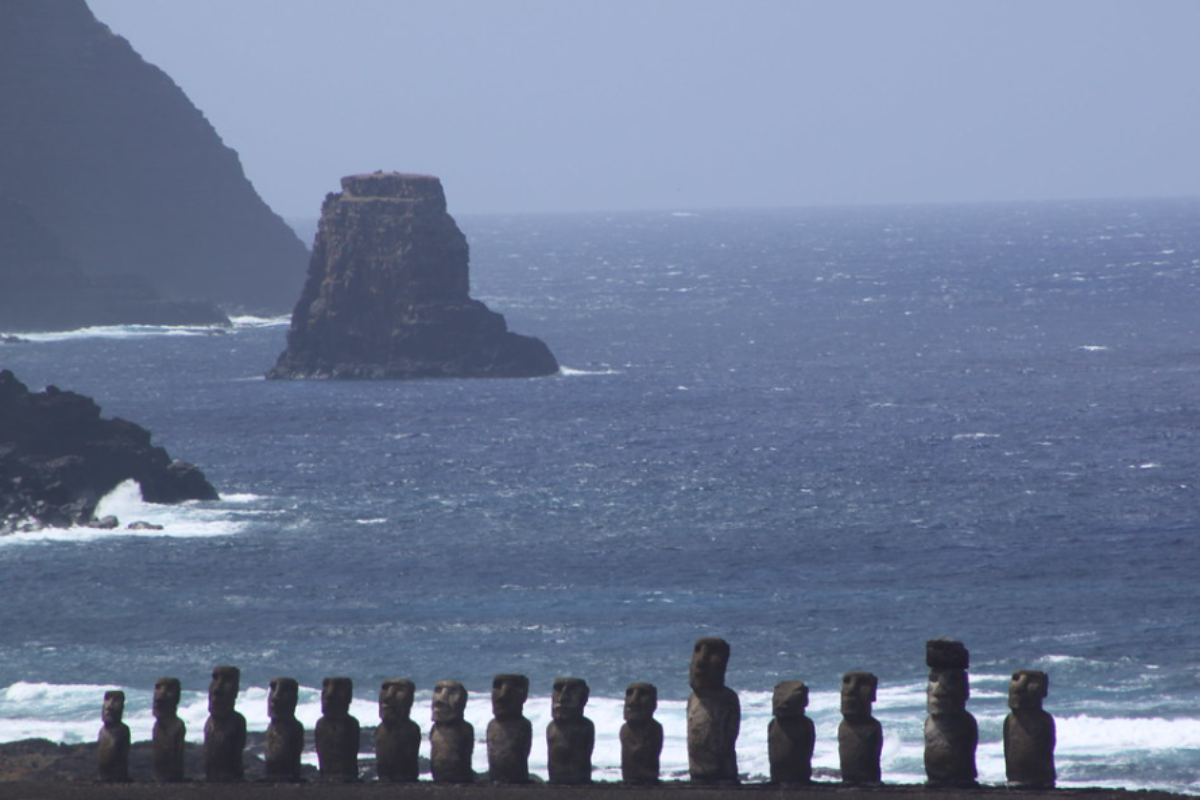
Better known as Easter Island, Rapa Nui’s isolation hasn’t prevented human habitation for centuries. The island’s volcanic crater lakes provide freshwater, while the climate supports sweet potato and taro cultivation.
The surrounding waters offer excellent fishing opportunities, and the temperate climate allows year-round outdoor activities. Ancient agricultural techniques still prove effective today.
Jan Mayen

This Norwegian volcanic island between Greenland and Norway offers unique opportunities for self-sufficient living in the subarctic. Despite its northern location, the island features hot springs and geothermal activity that are useful for heating and power.
Rich fishing grounds surround the island, while the volcanic soil supports hardy crops during the growing season. Multiple freshwater streams flow year-round.
Like Travel Pug’s content? Follow us on MSN.
Attu Island
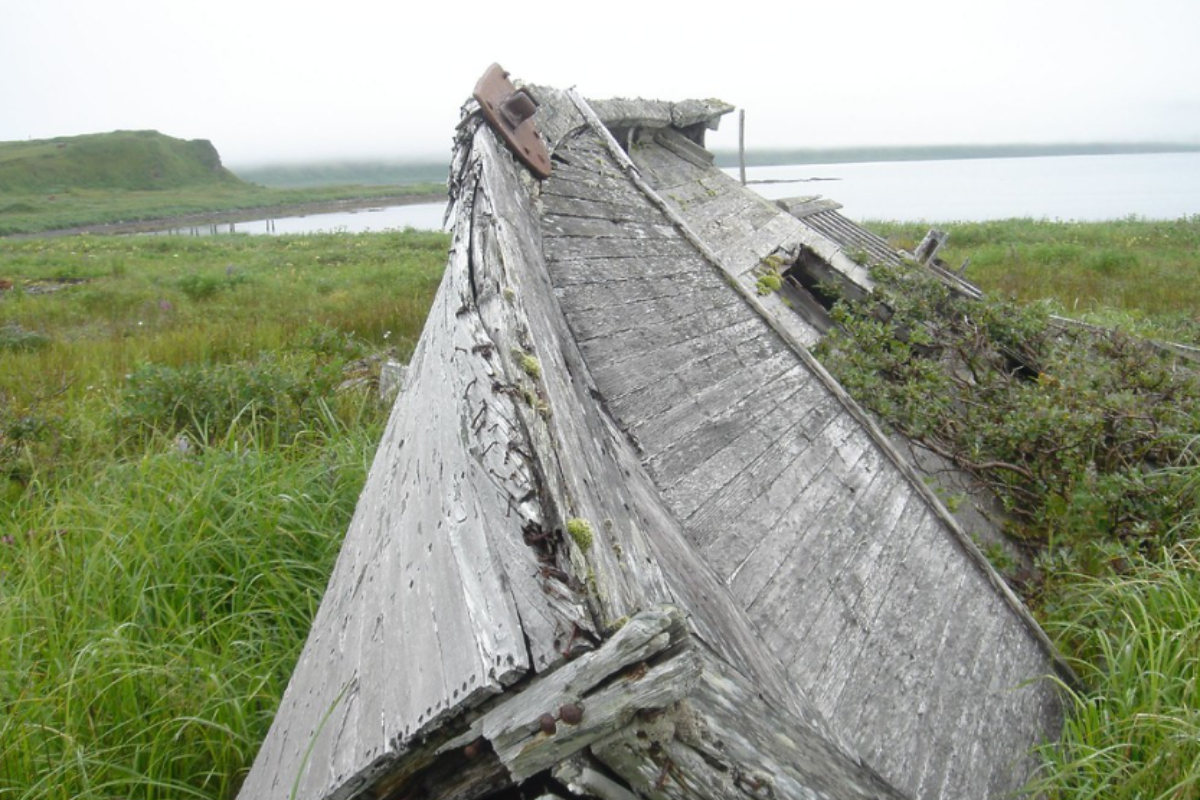
The westernmost point of Alaska provides abundant natural resources for sustainable living. Fresh water flows abundantly from mountain streams, while rich marine resources provide year-round protein sources.
The subarctic climate supports hardy crops during the growing season, and natural hot springs offer geothermal potential. The island’s size allows for multiple settlement options.
Kerguelen Islands
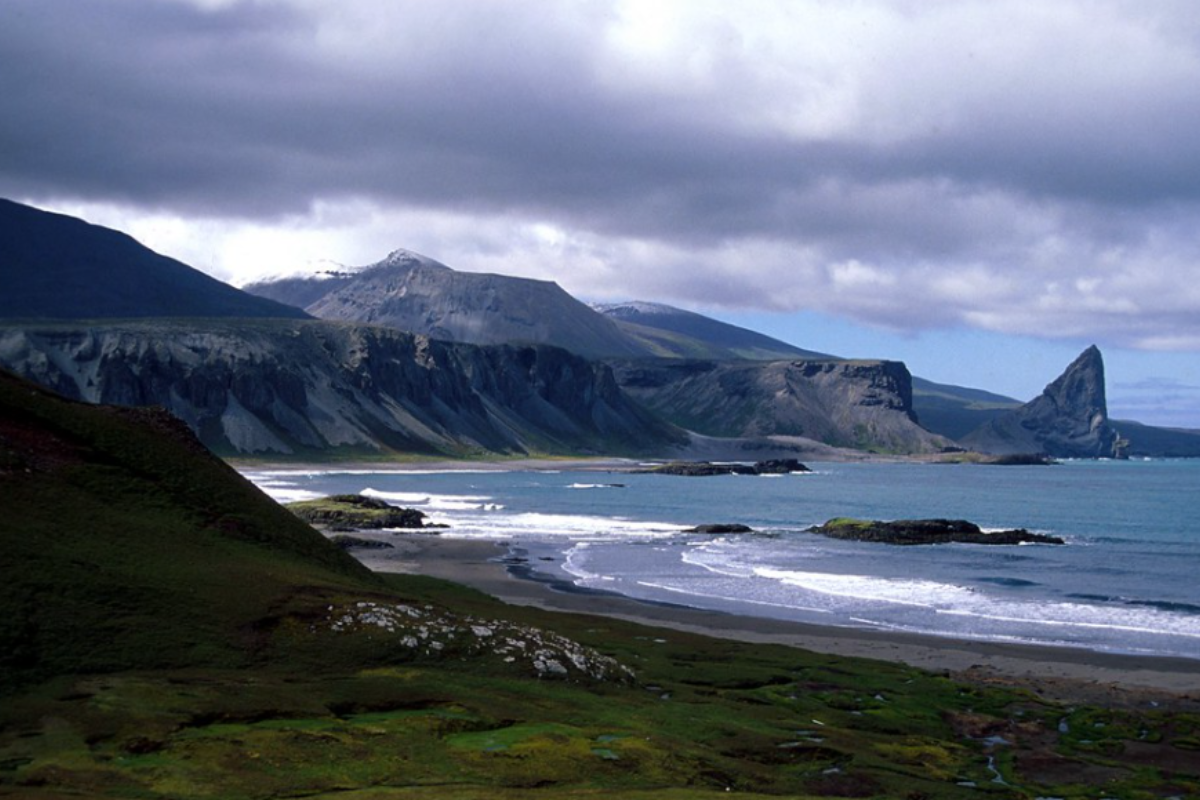
These subantarctic islands offer unique opportunities for self-sufficient living in a harsh but resource-rich environment. Abundant freshwater streams flow year-round, while the surrounding waters provide rich marine resources.
The climate supports hardy vegetable cultivation in protected areas, and geothermal features offer potential power sources. Multiple protected harbors provide safe anchorage.
Cocos Island

Located 340 miles off Costa Rica’s Pacific coast, this uninhabited island paradise receives abundant rainfall. Multiple freshwater rivers provide year-round water sources, while the tropical climate supports diverse agriculture.
The surrounding waters offer some of the richest marine resources in the Pacific. Dense forests provide building materials and wild food sources.
Like Travel Pug’s content? Follow us on MSN.
South Georgia Island
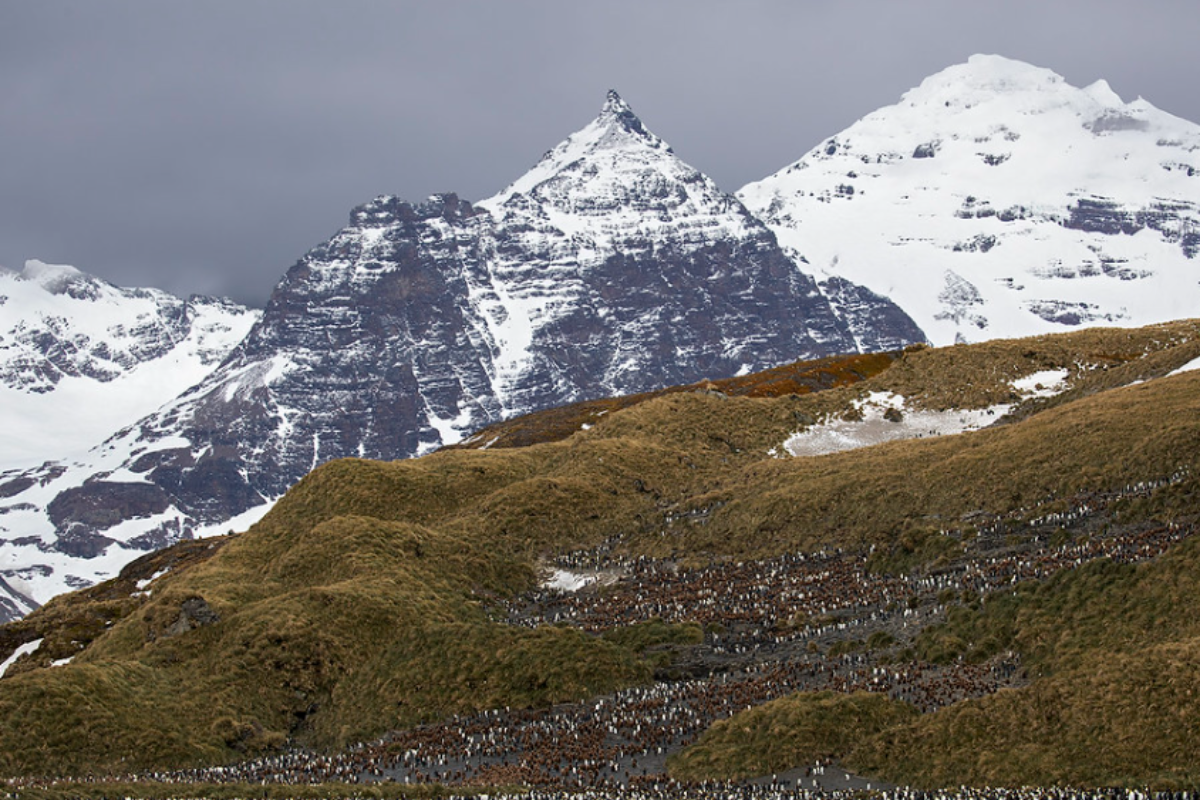
This subantarctic island offers abundant resources for those prepared for its challenging climate. Numerous freshwater streams and lakes provide reliable water sources, while rich marine resources surround the island.
The climate supports hardy crops in protected environments, and abundant wildlife provides sustainable protein sources. Multiple protected harbors offer safe anchorage options.
Campbell Island
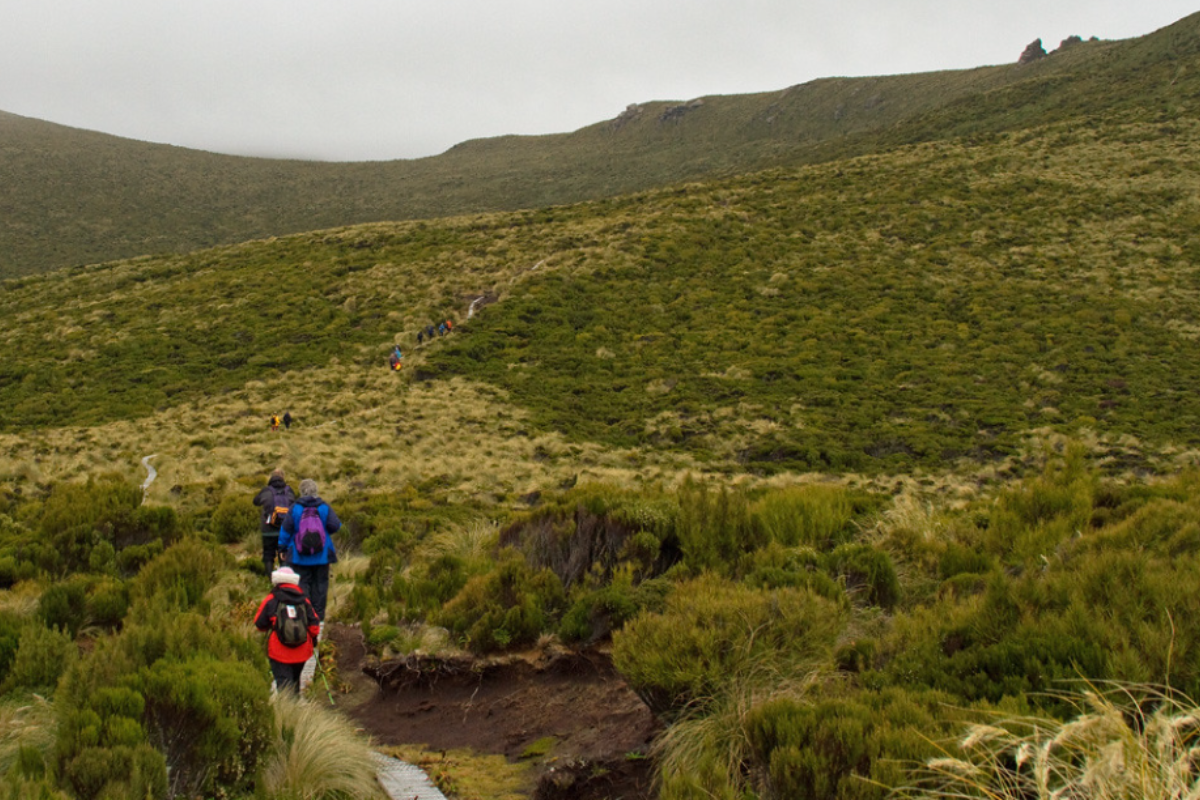
Located 380 miles south of New Zealand, this subantarctic island provides unique opportunities for self-sufficient living. Freshwater remains abundant year-round, while the surrounding waters offer rich marine resources.
The climate supports hardy vegetable cultivation in protected areas, and natural harbors provide safe anchorage. Multiple microclimates create diverse growing opportunities.
Macquarie Island
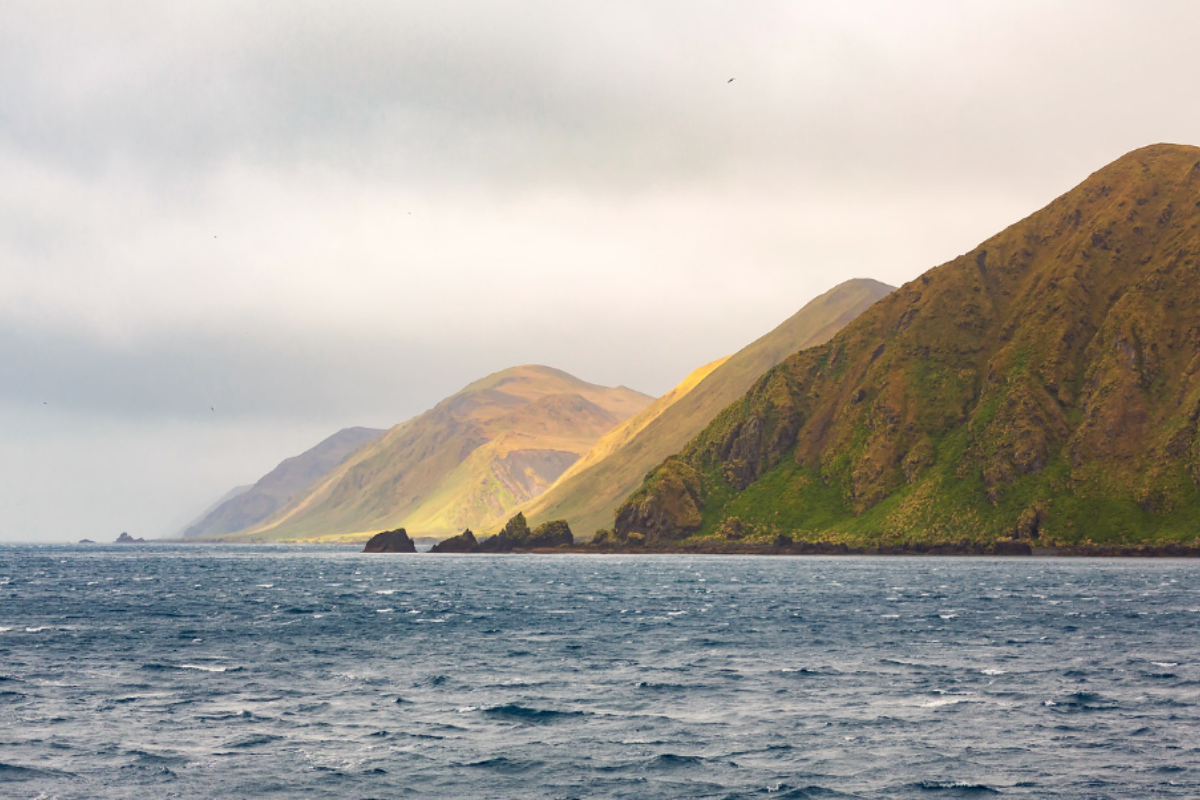
This UNESCO World Heritage site between New Zealand and Antarctica offers unique resources for sustainable living. Abundant freshwater streams flow year-round, while the surrounding waters provide rich marine resources.
The climate supports protected agriculture, and the island’s size allows for multiple settlement locations. Natural harbors offer protection from strong winds.
Like Travel Pug’s content? Follow us on MSN.
Bouvet Island
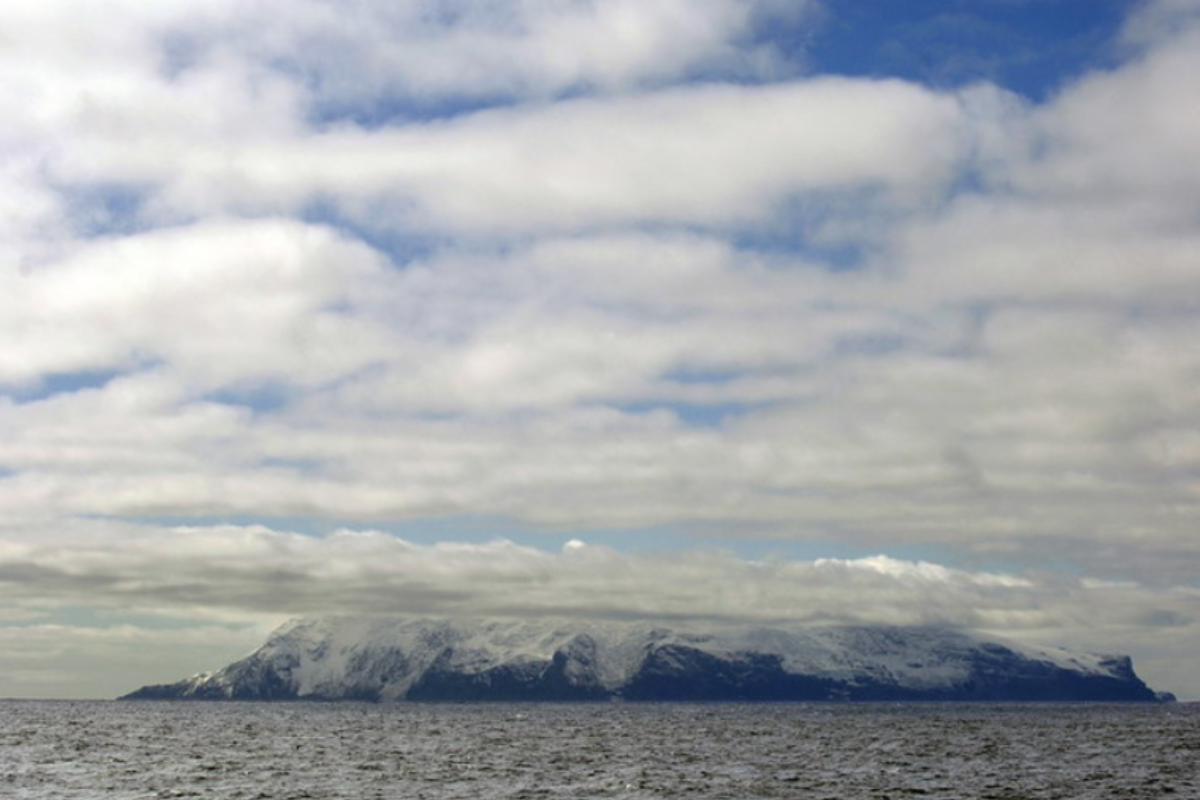
The world’s most remote island lies 1,000 miles from Antarctica and 1,400 miles from South Africa. Despite its harsh climate, the island offers abundant fresh water and rich marine resources.
Geothermal features provide potential power sources, while protected areas could support hardy agriculture. Multiple bays offer relatively safe anchorage.
Ascension Island

Rising from the South Atlantic, this volcanic island now supports a surprisingly diverse ecosystem. Created cloud forests provide reliable water sources, while the surrounding waters offer abundant fish.
The climate supports year-round agriculture in the highlands, and the volcanic soil proves particularly fertile. Multiple protected bays provide safe anchorage options.
Bear Island
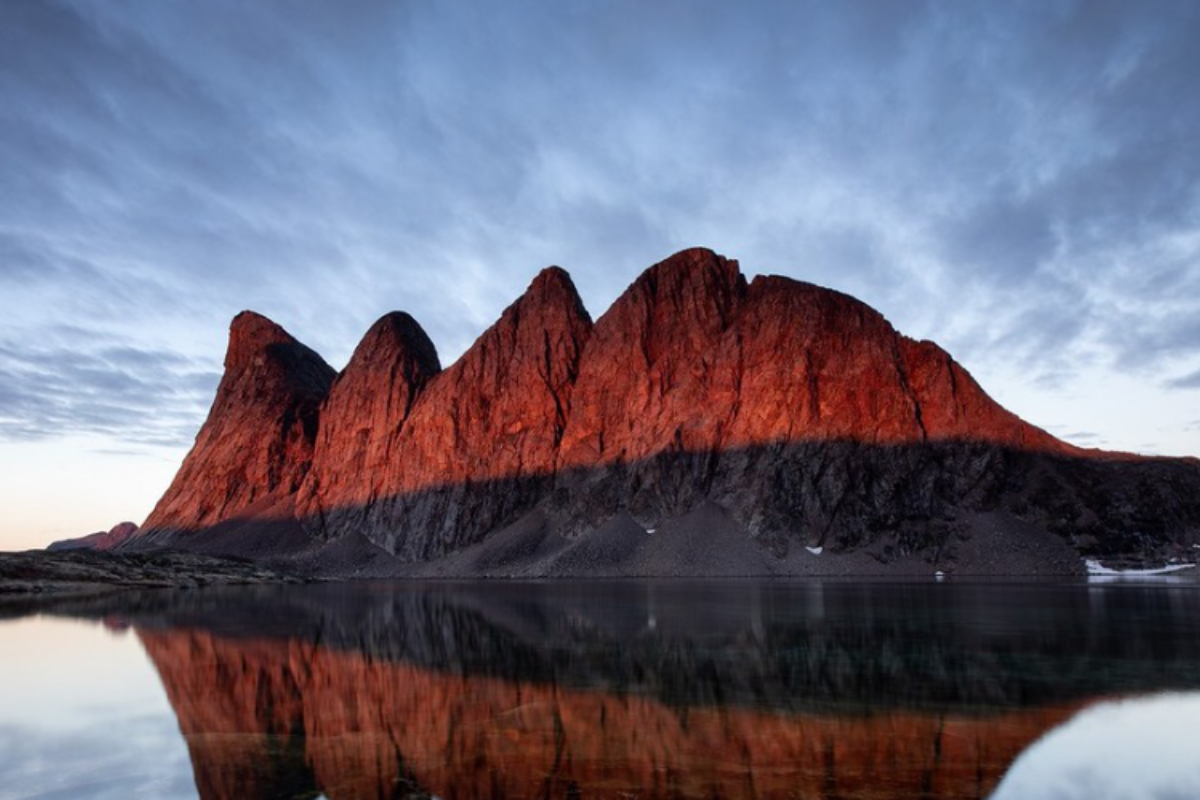
Located between Norway and Svalbard, this arctic island offers unique resources for self-sufficient living. Despite its northern location, the island features numerous freshwater lakes and streams.
Rich fishing grounds surround the island, while the brief summer allows for hardy crop cultivation. Multiple natural harbors provide protection from storms.
Like Travel Pug’s content? Follow us on MSN.
Living Beyond the Edge
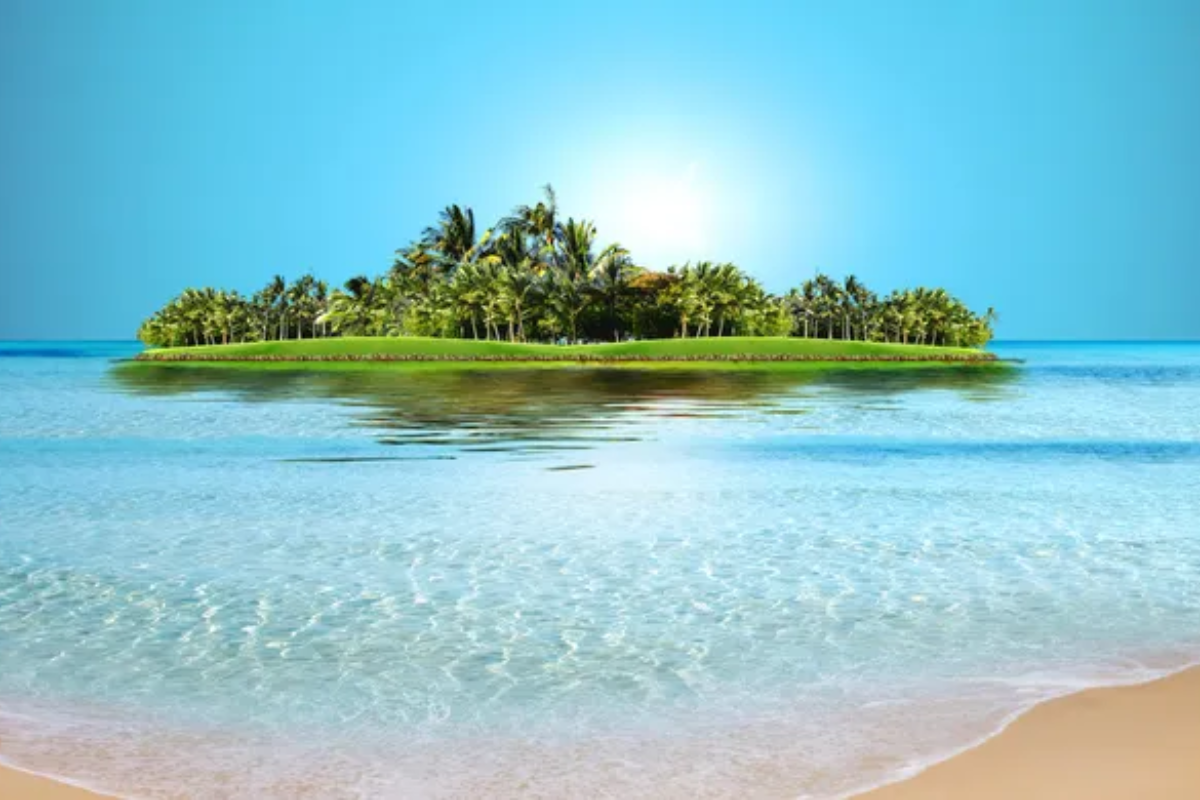
These remote islands represent the last frontiers of truly isolated living in our interconnected world. Each offers unique challenges and opportunities for those seeking to create a self-sufficient lifestyle away from modern civilization.
Success requires careful preparation, diverse skills, and a deep understanding of natural systems. Remember that while these islands offer an escape from civilization, they demand respect for their environments and careful stewardship to maintain their delicate ecological balance.
More from Travel Pug

- 20 Mind-Blowing Things You Probably Didn’t Know You Could Do in the U.S.
- The Best Cruise Ship Experiences for U.S. Citizens
- The Best U.S Travel Destinations for Golf Lovers
- The 25 Most Dangerous Cities in the World (Exercise Caution if Travelling There)
- The Best Fall Foliage Spots in New England (Must-See Places)
Like Travel Pug’s content? Follow us on MSN.
